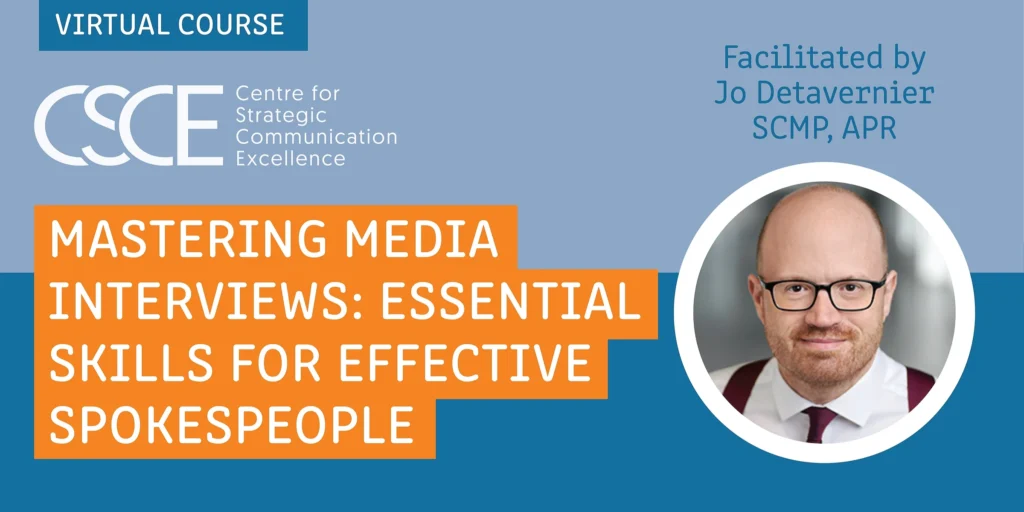The business world is filled with models, methods and change management philosophies. You can attend conferences or workshops to build your change competencies or choose from among thousands of consultants to support you. Google “change management” on Amazon and the search menu brings down no less than 20,695 books, some written by best-selling authors.
Navigating the turbulent tides of change is a challenge that takes a lot of focused effort.
Many people shy away from doing anything at all because change can appear overwhelming. As a communication professional I’ve seen scores of models and methodologies and used many of them myself. However the one constant is communication – clear, consistent and concise. Great change communication paired with a simple, straightforward approach is the critical success factor. Without a well-planned and implemented communication strategy even the most compelling change programs will fail.
Lessons learned – SAP implementation case study
Over fifteen years ago I was involved in a company-wide SAP implementation. At the time I worked for a telecommunications company with around 2,500 employees across multiple sites. The decision to implement SAP affected just about every function in the company.
The change in process was certainly bigger than simply deploying a new piece of software. Some thirty employees were tasked to manage the project from technical implementation to internal change management.
A large consulting firm that drove the project supported the team. For every employee on the team there was a corresponding consultant, right up to the overall project manager.
In the end there was a huge budget overrun, targets were not met, many employees were unhappy and there were big doubts about how the change was managed. The documentation alone chewed up enough trees to make a small country treeless. As a change manager I married processes to people, gauging the effect on their role.
The team ran workshops at every step of the process to ensure that everyone was informed and given ample opportunities to offer their opinions and give feedback. We produced bulletin after bulletin to keep everyone informed. We invested countless hours in canvassing and managing stakeholders.
Six months later, the system was in place working quite well but running at 50 per cent of its capabilities due to change resistance from many parts of the organisation, which meant so many system changes.
In the end there was a huge budget overrun, targets were not met, many employees were unhappy and there were big doubts about how the change was managed.
It should have worked! We had heaps of people, lots of external expertise, many change management methodologies and we spent a bucket load of money. In reality the way the project was handled was like using napalm to kill a household fly. We were so keen to follow the latest methodology that we forgot to tailor it and to keep it simple.
Here’s what I learned from this experience:
- Keep change easy to digest
Break it down to a series of small changes not one giant one, or phase it so they can see the progress on the journey. - Line managers are critical
Don’t hand over the responsibility of managing change to the change manager alone. - Get buy-in from the top
Sometimes tough decisions need to be made. - Understand the emotional journey
What really happens to people during change from a psychological point of view is important. - Accept resistance as a natural emotion
- Don’t change the business direction simply because people are resisting the change
Stay the course! - Treat people with respect
Have a solid change communication strategy and know how you will engage with the ‘head, heart and hands’ of your audience.
Three years later the organisation rolled out a different system replacing SAP in less time with little resistance and a whole lot less cost than the original. When more effective, honest and open communication was the norm people became more adaptable and trusting of change. Their understanding increased and so did their comfort and commitment levels.
It was a great lesson. I have taken the knowledge from the SAP experience into every change initiative since then. I now look at any change as an opportunity and the bigger the change, the greater my personal need is to simplify it. In todays environment, I think our role as communication professionals, is to understand the psychology of change better than ever.
Knowing our audience and building relationships is key, we have to understand people to build relationships and support people on the emotional journey of change.




